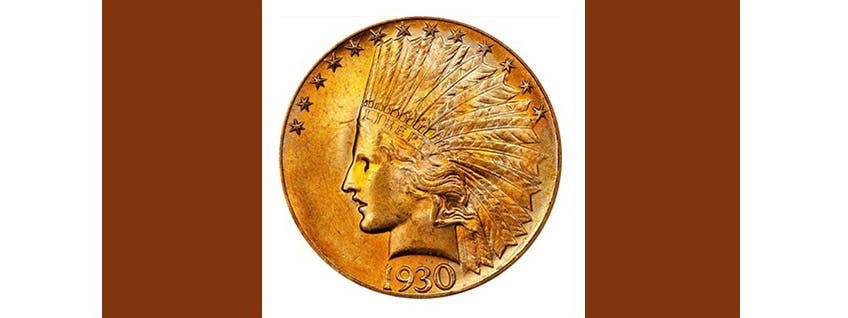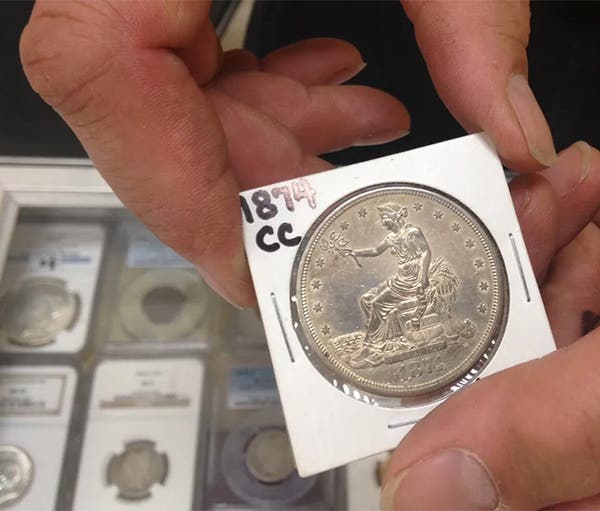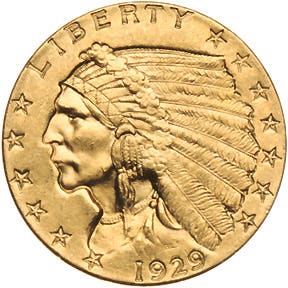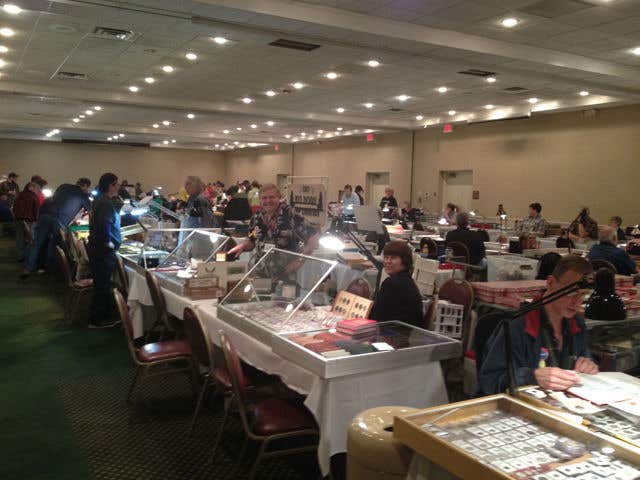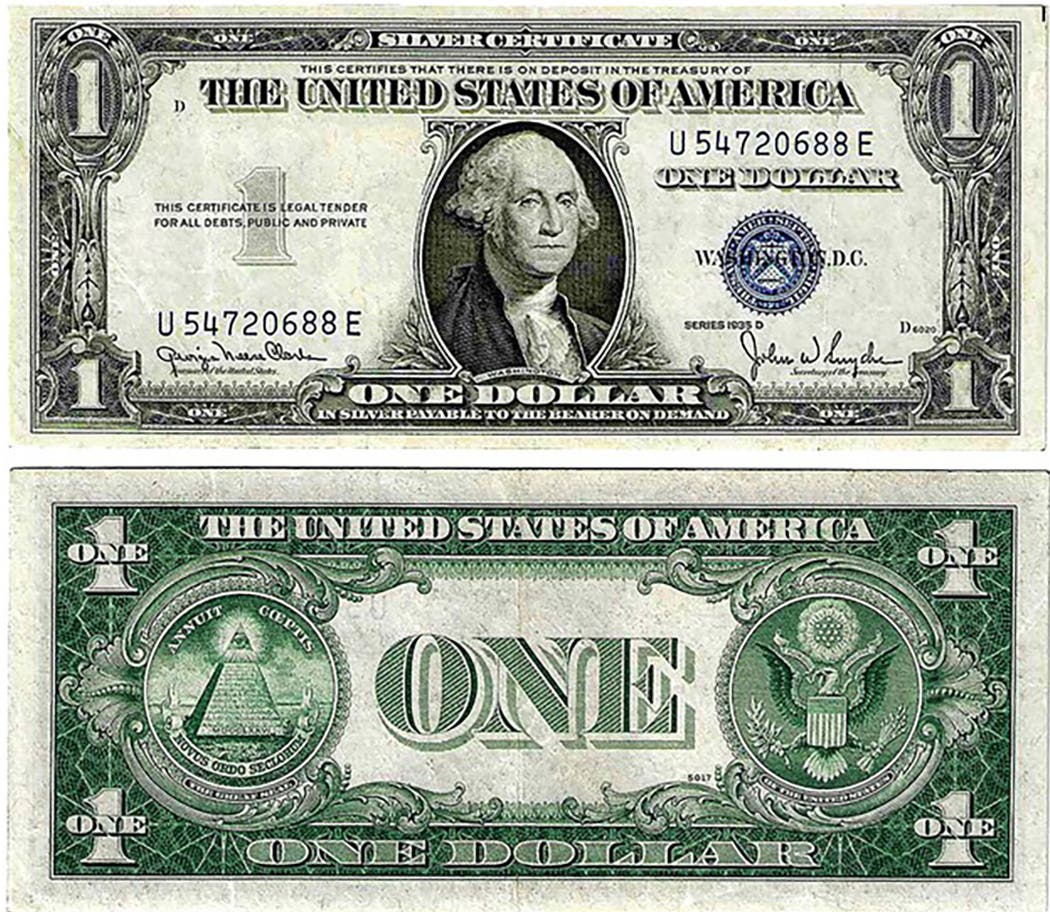Changes in Counterfeit Coins
Almost as soon as the first coins were created over 2,600 years ago, counterfeit coins appeared. The earliest fakes were often created in adjoining territories and copied popular pieces that…
Almost as soon as the first coins were created over 2,600 years ago, counterfeit coins appeared. The earliest fakes were often created in adjoining territories and copied popular pieces that were readily accepted in trade. They were not made to profit from passing off base metal pieces as the more valuable precious metals coins.
The first time I encountered a counterfeit or altered coin was in the late 1960s. I found what looked to be a 1943 Lincoln cent struck in copper, but I judged that it had been altered from a 1948-dated coin. Those who checked the coin for me concurred with my assessment.
When I became a coin dealer in the 1980s, it seemed like the most common counterfeits were made to pass as U.S. gold coins or gold British sovereigns. In both instances, the fakes tended to be made of almost full-standard gold content, where the counterfeiter’s profit came from selling the pieces at a numismatic premium to metal content. In Michigan, the highest percentage of U.S. gold counterfeits were gold dollars and $2.50 Indians.
Back in the 1980s, we also saw coins with added mintmarks such as the 1909 VDB Lincoln cent with and added “S,” a 1916 Mercury dime with and added “D” or an 1893 Morgan dollar with an added “S.” We also witnessed a continuing stream of copper-plated 1943 Lincoln steel cents. Those were easy to detect, either by use of a magnet, or by checking the weight. The copper Lincoln cents weighed 3.11 grams and were not magnetic, while the steel Lincoln cents weighed 2.70 grams and were magnetic.
We also saw counterfeit 1799 and 1804 Bust silver dollars on a regular basis. The most common backstory we heard about where these came from was an American soldier serving in Vietnam was approached by a native there asking if the piece they had was valuable enough for the soldier to pay $50 for it. In many instances, the American suspected that the specimen was fake, but also realized that if it was genuine, they could make a huge profit so took a chance.
A coin series that had perhaps a higher percentage of counterfeits than any other series was the U.S. Trade dollars. Most of these tended to be easy to detect, with weights often in the 18-22 grams range rather than the 27.22-gram weight of the genuine coins.
The advent of authentication services and then grading services eventually brought changes to the nature of counterfeit coins. A large number of counterfeit and altered coins were removed from the market as the diagnostics for determining authenticity became more widely known, or fake specimens were identified at the services.
Today, there are still too many spurious 1799 and 1804 Bust dollars as well as Trade dollars. But the kinds of counterfeits seen today mostly have different origins. There is a small but growing number of incidences of counterfeit bullion issues. Some of these involve taking genuine coins or ingots, drilling out some of the precious metal from the side, then adding base metal filler to keep the piece close enough to its correct weight to pass inspection by a novice buyer.
We had one elderly customer walk into our showroom once claiming that he wanted to sell us the 20 pieces of 100-ounce Engelhard silver bars he had. We knew that such bars would weigh about 137 pounds, if genuine, and that the man was not straining enough to be carrying that much weight. Before he even opened the box, we told him they were counterfeits. To a novice they looked like the genuine item, but only weighed about half of the correct total. The customer admitted he had purchased them from a stranger in his area who used a story about needing to come up with quick cash as the reason they were willing to sell them so cheap.
To help protect against counterfeits, many buyers today insist on only purchasing coins that have been encapsulated and certified as genuine by a grading service. To overcome these obstacles, counterfeiters have taken to counterfeiting the grading service holders as well as the coins. There is now a back-and-forth contest between counterfeiters and the grading services to come up with anti-counterfeiting features in the grading service holder that will take the fakers time before they can overcome those upgrades.
There are also a growing number of counterfeit precious metal ingots sealed in a plastic sleeve or capsule, where it is impractical to weigh only the piece to verify weight. Then there are the fake bullion pieces that do not weigh the correct amount, but otherwise look good enough to pass along to novice buyers who do not own an inexpensive gram scale (many coin dealers or supply vendors offer them for $15 or less).
The technology for striking counterfeit coins has advanced over the decades where many of the fakes might pass even a close examination by an experienced numismatist. Many of the highest quality fakes today are coming out of China. Purchasing coins and precious metals will probably never get to the level where simply reading the label on a holder would be sufficient assurance of authenticity. Therefore, it continues to be important for the numismatist and precious metals investor to learn as much as they can on how to detect spurious pieces.
For those who don’t have extensive authentication experience, which includes most of us, your best protection would be to know the dealer with whom you do business and who would stand behind the authenticity of products they sell.
Patrick A. Heller was honored as a 2019 FUN Numismatic Ambassador. He is also the recipient of the American Numismatic Association 2018 Glenn Smedley Memorial Service Award, 2017 Exemplary Service Award, 2012 Harry Forman National Dealer of the Year Award and 2008 Presidential Award. Over the years, he has also been honored by the Numismatic Literary Guild (including twice in 2020), Professional Numismatists Guild, Industry Council for Tangible Assets and the Michigan State Numismatic Society. He is the communications officer of Liberty Coin Service in Lansing, Mich., and writes Liberty’s Outlook, a monthly newsletter on rare coins and precious metals subjects. Past newsletter issues can be viewed at www.libertycoinservice.com. Some of his radio commentaries titled “Things You ‘Know’ That Just Aren’t So, And Important News You Need To Know” can be heard at 8:45 a.m. Wednesday and Friday mornings on 1320-AM WILS in Lansing (which streams live and becomes part of the audio archives posted at www.1320wils.com).




